Production Methods of Finned Tubes


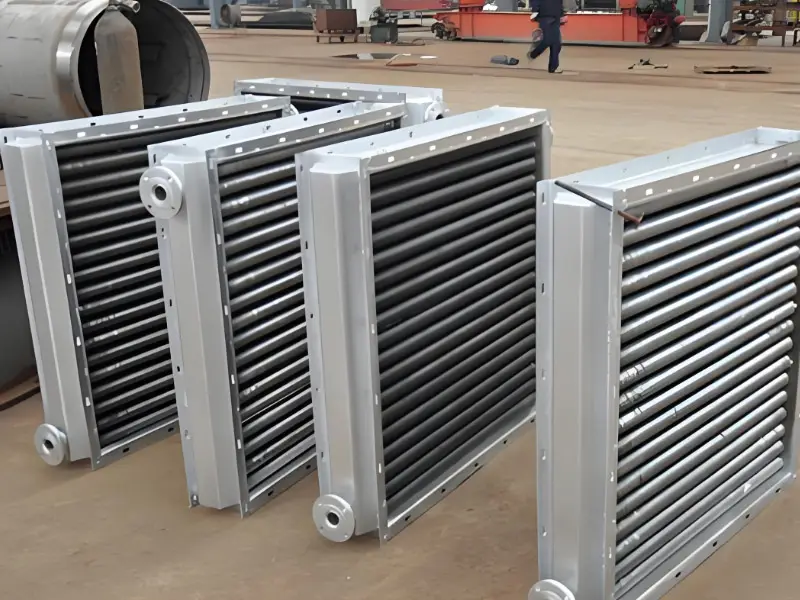
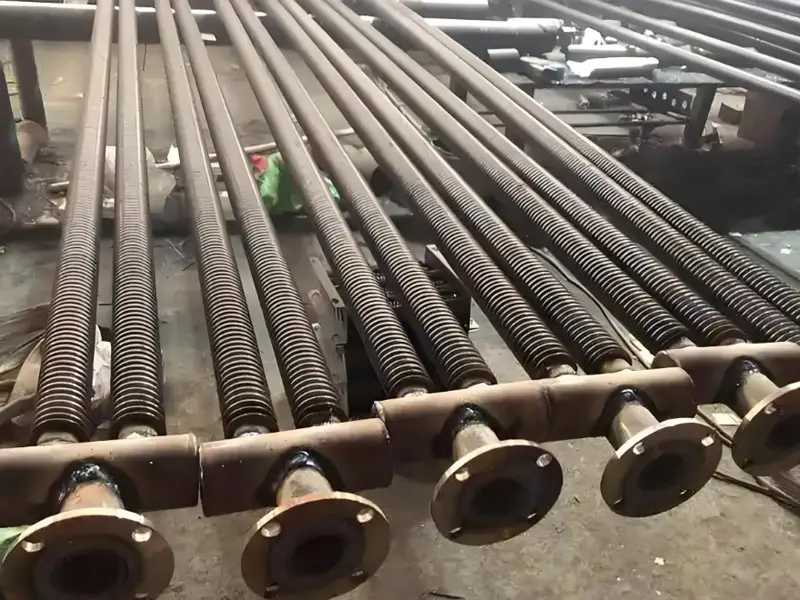
| Product name: | Production Methods of Finned Tubes |
| Keywords: | Production Methods of Finned Tubes |
| Industry: | Petroleum, natural gas and chemical industry - Petroleum and natural gas industry |
| Process: | Sheet metal - Welding |
| Material: | Carbon steel |
Processing manufacturer
- There are 57 manufacturers that provide similar products
- There are 138 manufacturers that provide this processing technology
- There are 114 manufacturers that provide this material processing service
- There are 136 manufacturers that provide this industry processing service
Product details
The manufacturing methods of finned tubes vary depending on the fin type (spiral fins, longitudinal fins, pin fins, etc.) and application. The following are common production processes:
- High-Frequency Welding:
- Principle: Heating a metal strip (fin material) with a high-frequency current and welding it to the surface of the base tube.
- Steps:
- Prepare the base tube (usually carbon steel, stainless steel, or copper tube) and clean the surface.
- Wrap or fix the metal strip on the base tube, and melt and weld the contact surface with a high-frequency current.
- Cool and trim to ensure the fins are firmly bonded to the base tube.
- Advantages: High production efficiency, good bonding strength, suitable for mass production.
- Applications: Commonly used in spiral finned tubes, suitable for boilers and heat exchangers.
- Extruded Finned Tube:
- Principle: Forming fins by extruding an aluminum tube or composite material onto the base tube through an extrusion process.
- Steps:
- Sleeve an aluminum tube over the base tube (usually steel or copper).
- Use extrusion equipment to extrude the aluminum tube into fin shapes while tightly bonding it to the base tube.
- Trim the surface to ensure the fins are uniform.
- Advantages: Good corrosion resistance, high heat transfer efficiency, suitable for harsh environments.
- Applications: Commonly used in refrigeration equipment and air conditioning systems.
- Wrapping Method (L/LL/KL/G Type Finned Tube):
- Principle: Spirally wrapping a metal strip (usually aluminum or copper) around the base tube and fixing it mechanically or by welding.
- Steps:
- Pre-treat the surface of the base tube to remove oil and oxides.
- Use special wrapping equipment to wrap the metal strip around the base tube at a certain angle.
- Use mechanical pressing or welding to fix according to the type (L-type, LL-type, KL-type, etc.).
- Advantages: Simple process, low cost, suitable for various fin shapes.
- Applications: Used in heat exchange equipment for low and medium temperatures.
- Roll Forming:
- Principle: Forming fins by extruding the surface of the base tube with rollers, causing the tube wall material to deform.
- Steps:
- Select a suitable base tube material (such as copper or aluminum).
- Use roll forming equipment to roll out the fin structure on the surface of the base tube.
- Heat treatment or surface treatment to improve durability.
- Advantages: The fins and base tube are integrated, no additional welding is required, and the structure is strong.
- Applications: Commonly used in small heat exchangers or precision equipment.
- Laser Welding:
- Principle: Using a laser beam to precisely weld the fin material to the base tube.
- Steps:
- Prepare and position the base tube and fin material.
- Precisely weld through laser welding equipment, controlling the heat-affected zone.
- Inspect the weld quality and trim.
- Advantages: High welding precision, suitable for high-performance heat exchangers.
- Applications: Used in high-end equipment or special materials (such as titanium alloys).
Precautions
- Material Selection: The base tube and fin materials should be selected according to the usage environment (such as corrosion resistance, high temperature resistance).
- Quality Control: Strictly control the fin spacing, welding quality, and surface treatment during the production process to ensure heat exchange efficiency and service life.
- Customization: Adjust the fin shape, height, and density according to specific application scenarios (such as temperature, pressure, medium).
Previous article : Main Uses of Finned Tubes
Next article : How to Process and Manufacture Large Oil Storage Tanks?
Similar products
More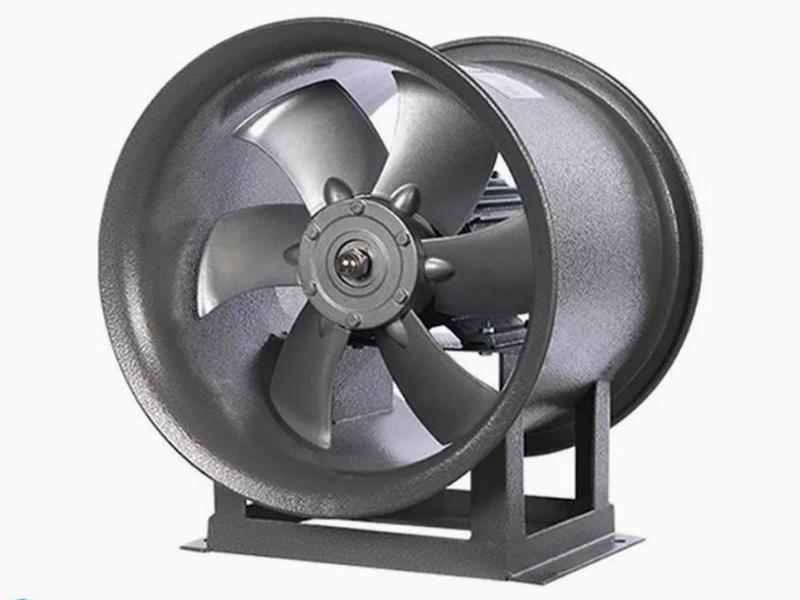
What are the machining processes used for processing axial fan housings
- Process : Sheet metal - Welding
- Material : Carbon steel
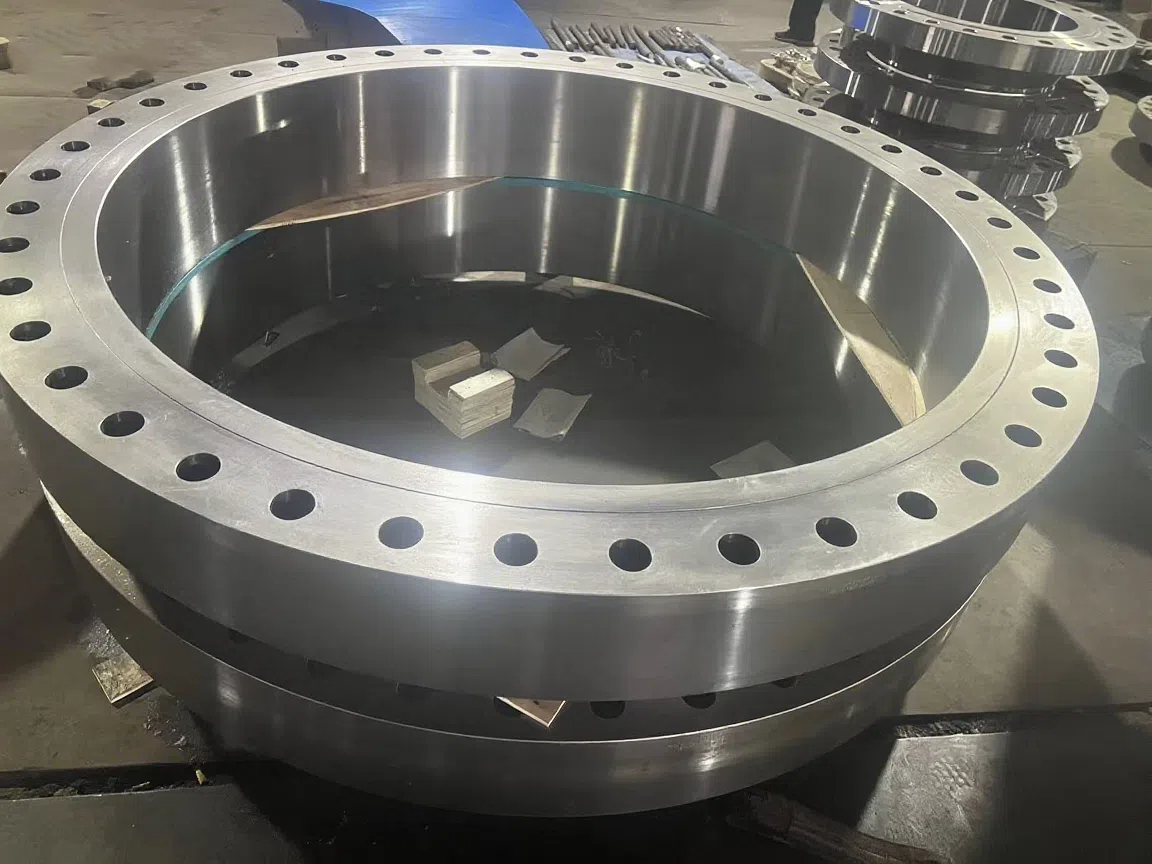
Heavy-Walled Flange Milling-Turning Machining and Flaw Detection
- Process : Machining - Turning Milling compound
- Material : Alloy steel
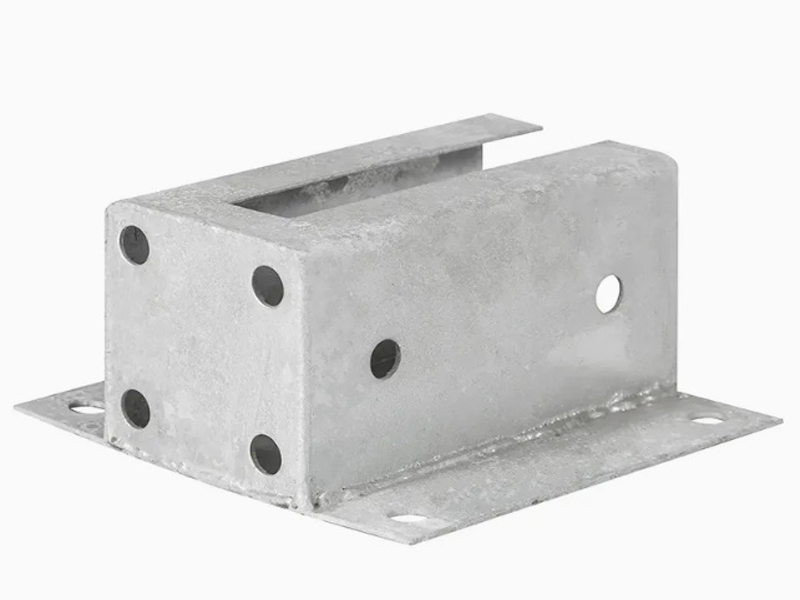
Machining Process Analysis of Carbon Steel Fixed Anchor Plates
- Process : Machining - CNC milling or milling machining
- Material : Carbon steel
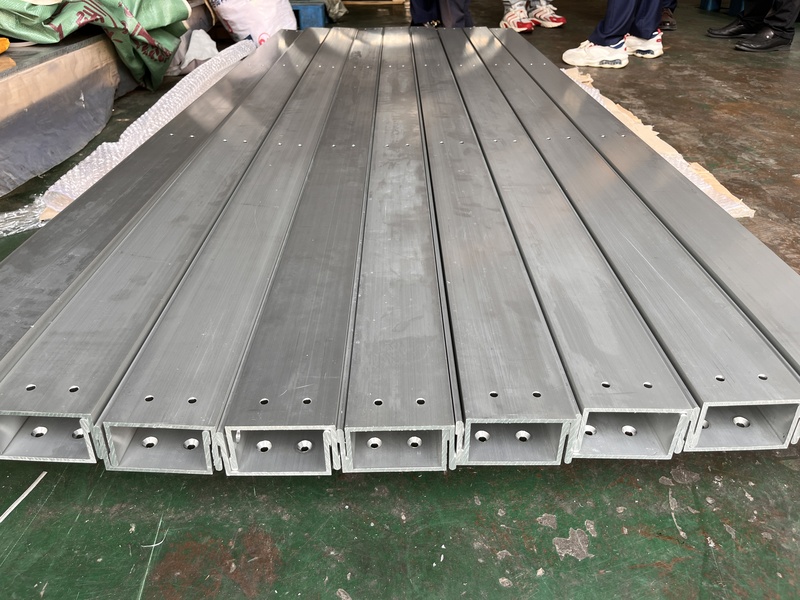
Precision Machining of U-Steel Profiles for Building Applications
- Process : Stamping - General stamping
- Material : Aluminum
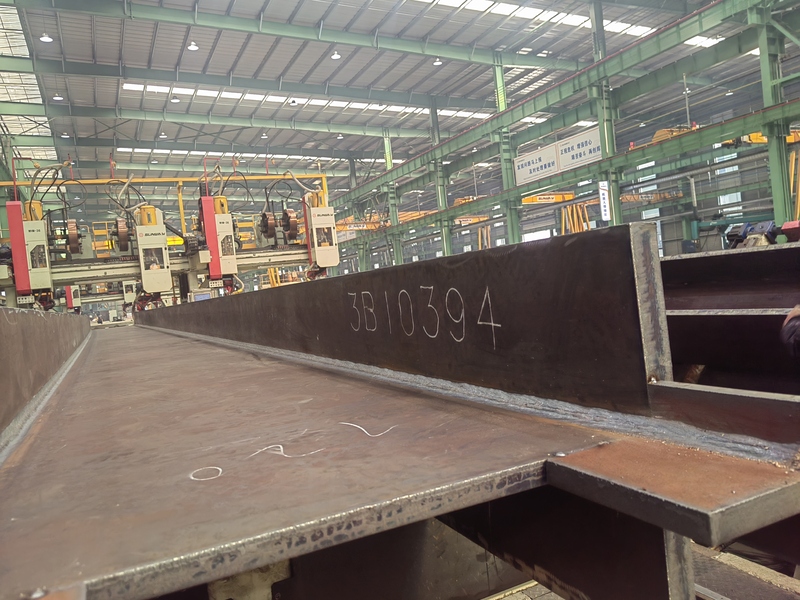
Custom Fabrication of S355JR Welded H-Beams for Construction Projects
- Process : Sheet metal - Welding
- Material : Carbon steel
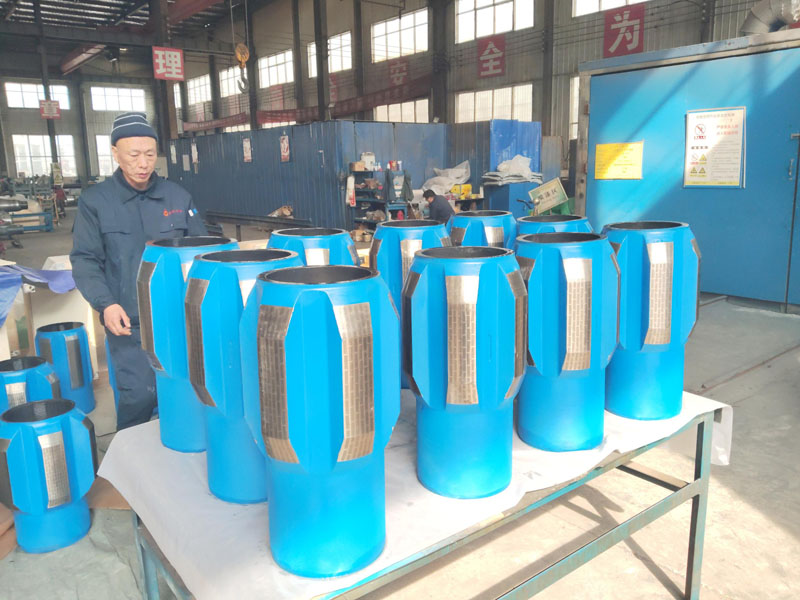
Drill Stabilizers Applied in Oil Drilling Platforms
- Process : Machining - Five-axis machining
- Material : Alloy steel
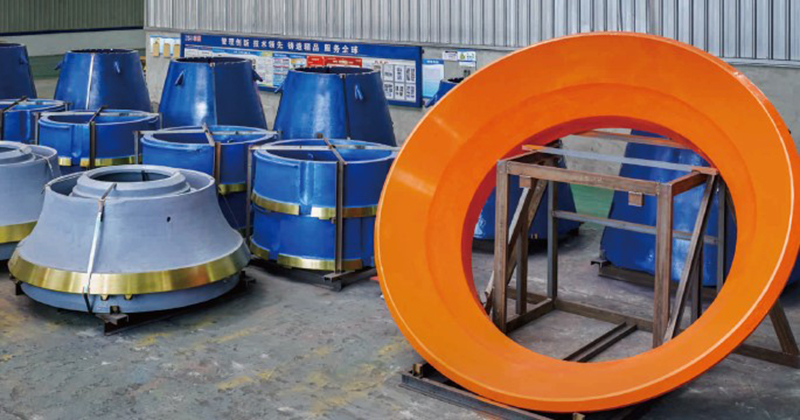
Cone Crusher Mantle
- Process : -
- Material :
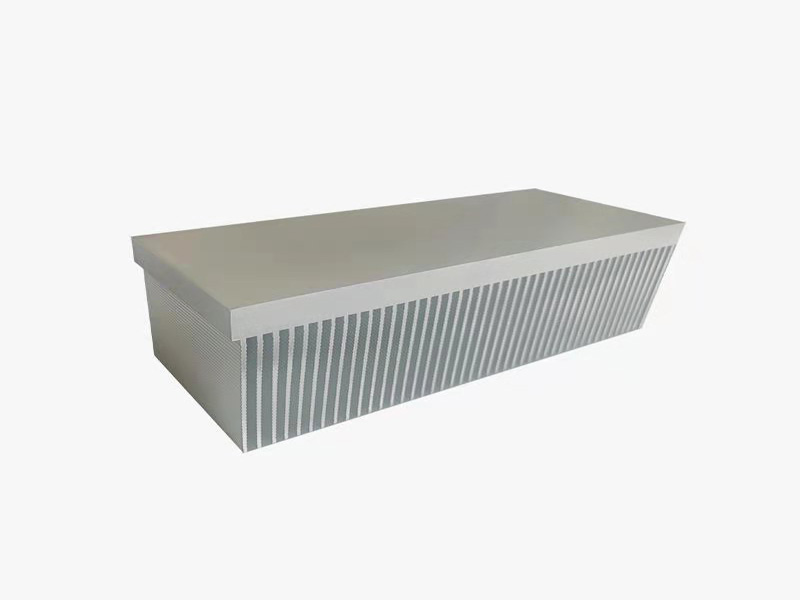
Innovative skiving technology: Breaking through the bottleneck of high-density heat dissipation technology
- Process : Surface treatment - Others
- Material : Alloy steel
More products
More
What are the machining processes used for processing axial fan housings
- Process : Sheet metal - Welding
- Material : Carbon steel

Heavy-Walled Flange Milling-Turning Machining and Flaw Detection
- Process : Machining - Turning Milling compound
- Material : Alloy steel

Machining Process Analysis of Carbon Steel Fixed Anchor Plates
- Process : Machining - CNC milling or milling machining
- Material : Carbon steel

Precision Machining of U-Steel Profiles for Building Applications
- Process : Stamping - General stamping
- Material : Aluminum

Custom Fabrication of S355JR Welded H-Beams for Construction Projects
- Process : Sheet metal - Welding
- Material : Carbon steel

Drill Stabilizers Applied in Oil Drilling Platforms
- Process : Machining - Five-axis machining
- Material : Alloy steel

Cone Crusher Mantle
- Process : -
- Material :

Innovative skiving technology: Breaking through the bottleneck of high-density heat dissipation technology
- Process : Surface treatment - Others
- Material : Alloy steel